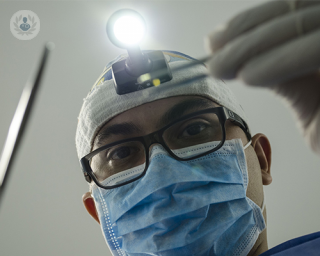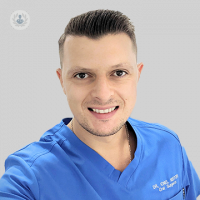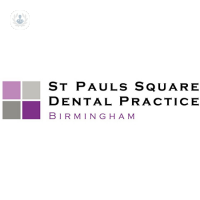Guided implant surgery
What is guided implant surgery?
Guided implant surgery is a modern method of installing dental implants in patients who are missing a tooth, or have just had a tooth removed. It uses computers to scan the patient’s mouth and create a 3D model, which allows the dentist to plan the optimum procedure before carrying it out. Without the guided approach, some guesswork is needed to choose the part of the jawbone the dentist will use to place the implant; with the 3D model, the dentist knows before going in.

Why would you have guided implant surgery?
If you are missing a tooth, or have a broken or damaged tooth that needs to be removed, a dental implant is often the best solution, as it doesn’t involve your other teeth. It is important that an implant looks and feels natural, and to achieve this, the placement must be perfect.
While skilled dentists can carry out an implant procedure to produce an aesthetically-pleasing result without the aid of a computer, guided implant surgery reduces the risk of human error significantly, by planning the safest, most efficient procedure, with the best-looking result. Moreover, guided surgery also allows the dentist to superimpose abutments and plan how much space will be needed for the crown and any other structure that will be added. The biggest advantage for many dentists who perform guided implant surgery is safety.
What does it involve?
The first step is to conduct an oral exam of the patient to assess that implants are a suitable treatment. The patient’s mouth first needs to be scanned, using a dental CBCT and 3D imaging techniques to assemble 2D images into a 3D digital model. A CBCT scan captures important information, such as the position of nerves, sinuses, and other anatomical points of reference. The dentist then uses this model to plan the procedure.
They will create a surgical guide, which is used to place the implant. After this a crown is placed, resulting in a natural-looking tooth. Due to the precise planning before the surgery, the implant procedure is usually completed very quickly and efficiently.
Guided implant surgery is becoming more and more common in dental practices, and the use of CBCT scans, computers and CAD/CAM technology is thought by some to be the future of dental implant procedure.









